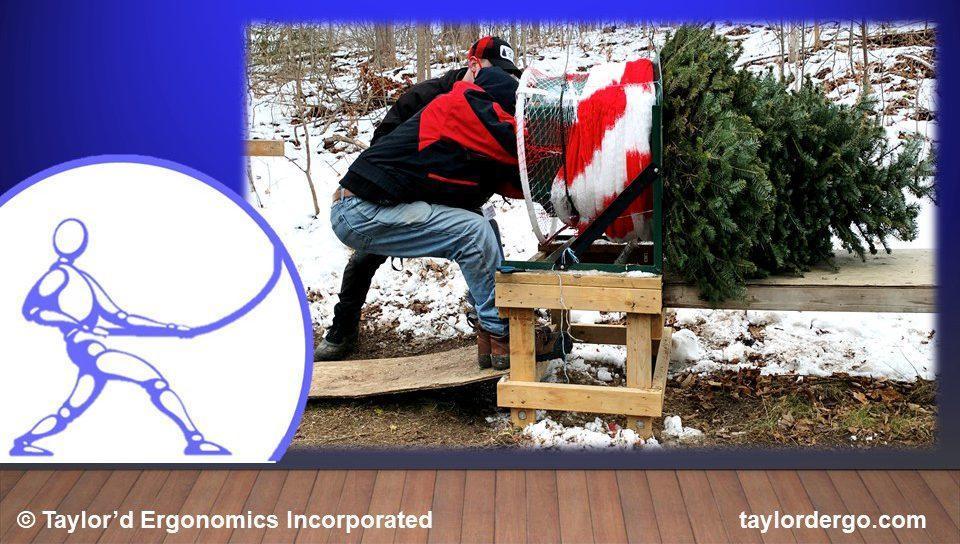What does it mean to exert maximum strength? You’ve probably referred to it as, “giving it your all,” or pushing “as hard as you can.” We try to avoid designing jobs that require people to work at maximum strength; if a job requires an average worker to exert maximum effort, then everyone weaker would be unable to complete the job, or would be prone to overexertion. Almost half of the workforce would be at risk. If an “average” person can lift 100 lbs from a table, and place it on a chair, then everyone “average” or stronger would be capable of that job. And everyone weaker than average, almost half of all people, would not. Our analyses often focus on how much effort is required, for a small worker; if this worker can safely perform the task, larger, stronger workers should also be safe.
If you exert your own maximum effort at home or work, will you be injured? No. When you go to the gym, your goal might be to exert maximum strength. At the gym, you’re aiming for the training effect that occurs when you approach your maximum tolerance. You exercise at very close to your maximum effort if you’re aiming to increase your strength. Or you might be working with lighter weights, but at higher repetitions, if you’re aiming for increased endurance. Either way, we know that the human body responds to this type of exercise by increasing its ability. Over time, as the body gets stronger, you have to increase the load to get a good workout.
Some forces at work are discretionary; tight ening a lid, or pushing down on a stapler might require a certain effort to complete the task successfully, but if I apply more, there’s no negative consequence to the product or service. (Unless someone else has to untighten…but that’s another issue.)
We CAN exert own maximum effort without injury. But if a job requires MORE than the worker’s own maximum effort, we have a problem. The worker may:
- be injured through overexertion
- try, and fail, causing damage to the product
- slip and fall
- lose control over a heavy item and be crushed
- recognize that the task is beyond capabilities, and seek another way to do the job
Take the example of pulling a Christmas tree through a binding fixture. Most trees fit easily, so as the worker pulls the trunk through the ring, the netting slides around the tree. If an ergonomist and her family select an extra-wide Christmas tree, the force to pull the tree through the binding “machine” is much, much higher. As shown above, the tree farm worker did get help, but the second worker was not able to position himself in a good position to offer effective assistance.
Getting help is the obvious and most common solution for high-effort tasks. Employers need to bear in mind that getting help slows the process down, and increases the labour required for the task. In some industries, getting help means sending another worker out in a separate vehicle to a job site. But whatever that labour costs, management should hope that the worker will make the call, because exerting more than maximum effort will result in accident or injury. An ergonomist would suggest ways to improve the job by designing it within strength capabilities for all workers.


